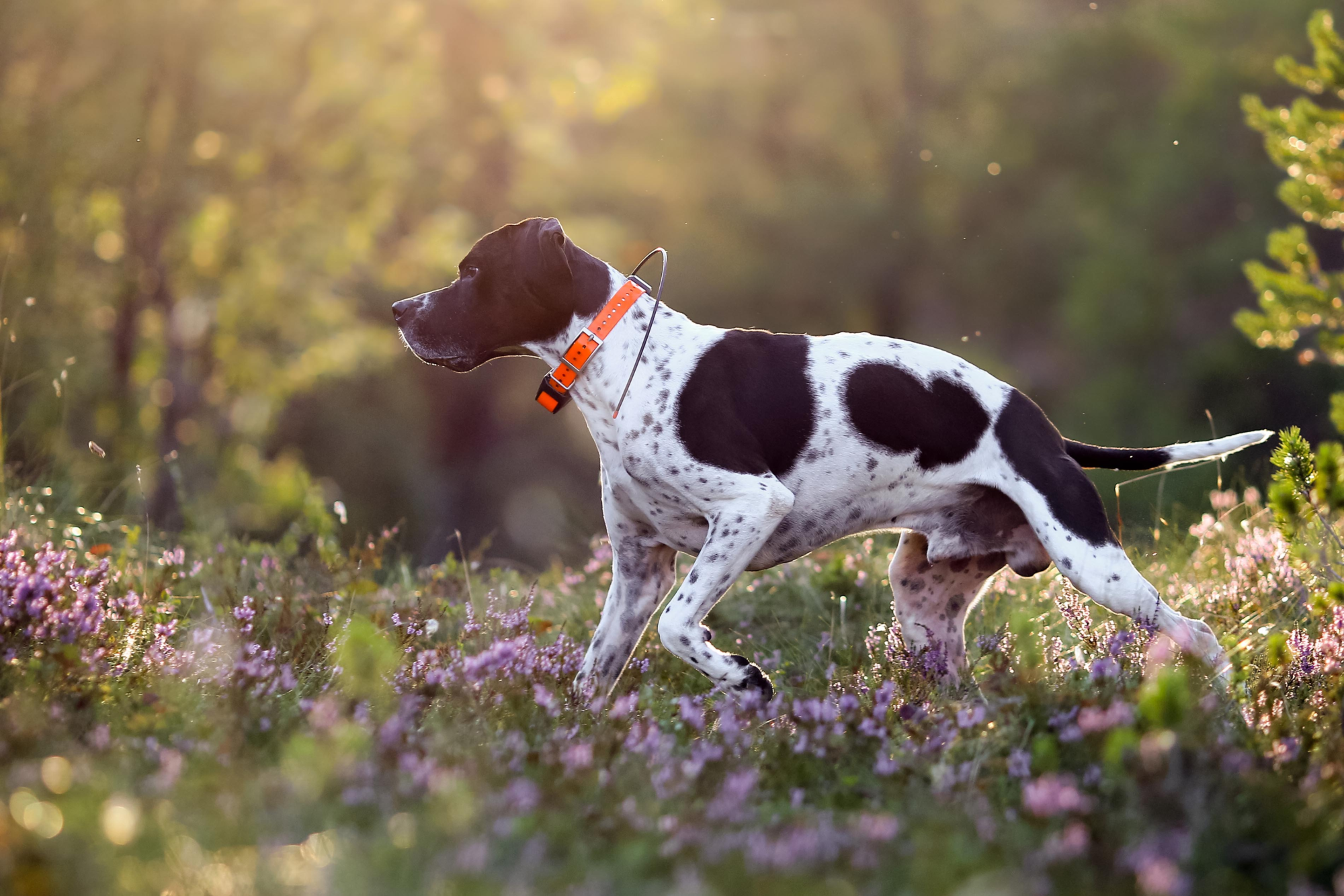Posts Tagged: Pet Outings
Year in Review: ZimmVets Five Best Blog Posts of 2023
by Katie Meneses, HR Manager
We put out blog posts every month of the year, covering pet topics from veterinary care, to general pet topics. Let’s look back through 2023 at some of our top posts with our Year in Review!
Year in Review Number Five – Why Grooming Your Dog is Important

Number five on the list of blogs is Why Grooming Your Dog is Important. This blog covers the different aspects of dog grooming, and why each one is important to your dogs health and general wellbeing. From nail trims, to taking care of their skin and the fur coat they wear, this article covers it all!
Number Four – Leptospirosis: A Risk to Pets and People!

Number four, is our article this year about Leptospirosis. Leptospirosis, or Lepto, is an illness that can effect both people and pets alike. This article warns about the ways you can get infected, typically in area’s with high levels of wildlife, and drinking, swimming, or walking through contaminated water and soil. Your dog can also pass it to you directly if they catch it from playing in some mud. This blog does over the symptoms of Lepto, as well as treatment and prevention through vaccination.
Number Three – Canine Influenza

Coming in at number three is our blog about canine influenza. Last year, Minnesota had an outbreak of canine influenza, centered primarily around the Twin Cities. We shared important information about how it spreads, as well as the signs and treatments through this blog post. The post also discusses prevention through vaccination, helping to protect your dog from illness.
Number Two – Get Your Dog Ready for Hunting Season

A big part of Minnesotan life is covered in our number two blog for this year, hunting season! Many people have dogs that they train and take out hunting with them every year. This article covers the important steps to take to keep your hunting companion protected and safe. From parasite protection, to vaccination, and exercise, this blog covers all the ways to keep your hunting dog healthy!
Year in Review Number One – Pet Arthritis is Common and Treatable

Finally, our number one blog for this year, is Pet Arthritis is Common and Treatable. Arthritis is a very common illness among pets. Cats and dogs alike can suffer from arthritis, starting at early ages. However, we have had new medications released in the last two years, plus pain management and other treatments available. This blog covers it all, from diagnosis to treatments.
Which of these blogs interests you the most? Keep an eye out for more educational blogs from ZimmVet in 2024!
Disclaimer: This written content is meant to be educational and is not medical advice. Always consult a veterinarian about medical advice for your pet.
Heatstroke in your pet!
By Dr. Maria Krenz, DVM – ZimmVet-763-856-4848

When a dog’s internal body temperature is above 105 degrees F, the dog may be suffering from heatstroke. Dogs have only a couple of ways to cool off—blood vessel expansion and panting. When dogs pant, they evaporate moisture from their tongues, nasal passages, and the lining of their lungs, and this cools them down as air passes over the moist tissue. They also cool off via vasodilation. Blood vessels, especially in the ears and face, expand, bringing overheated blood closer to the surface to cool down.
Signs of Heat Stroke
Heat Stroke in pets! Heatstroke in dogs is life-threatening and can also result in very serious complications. Recognizing early signs of heatstroke may help you remedy the condition before things get too serious. Early signs of heatstroke include:
- Heavy Panting
- Rapid Breathing
- Excessive Drooling
- Dry Mucous Membranes
- Bright red gums and tongue
- Skin that is hot to the touch
- High Heart Rate
Affected dogs become hyperactive and may have difficulty maintaining balance. As exposure to excessive heat goes on, the dog’s condition worsens and includes signs of shock, pale mucous membranes with white or blue gums, a very rapid heart rate, and a drop in blood pressure. The dog hyperventilates, and dehydration becomes more severe. Pupils dilate, the pulse becomes more irregular, and the dog has muscle tremors. They may become lethargic and unwilling to move, urinate or defecate uncontrollably, collapse, and become comatose.
Why Does Heat Stroke Occur?
Heatstroke generally occurs during the hottest part of the year, especially when it is humid. Contributing factors include: breed, age, physical fitness, if a pet is overweight, medical disorders and being in closed conditions such as a car.
How to Treat Heatstroke
Heatstroke therapy involves immediately trying to lower the dog’s body temperature. If you notice signs of heatstroke in your dog, it’s critical to stop any activity and help your dog cool down by:
- Walking or carrying the dog to a well-ventilated, cool area.
- Spraying or sponging the dog with cool (not cold) or tepid water, especially on the underside. Do not immerse the animal in cold water.
- Using a fan to blow cool air on them.
If at home cooling does not bring your dog’s body temperature below 103 degrees bring your dog to your veterinarian or local pet emergency clinic. Severely affected dogs require fluids, medication, support, and oxygen. Complications may not occur immediately, so it’s important to let your veterinarian determine the type of follow-up treatment required.
Conclusion
Heatstroke in Pets! Immediate action and correct treatment are so important because they can mean the difference between a swift and complete recovery and long-term complications.
Always provide plenty of cool fresh water, shade, and frequent rest periods when it’s hot. And never leave your dog in the car.
Please visit the AAHA website at https://www.aaha.org/your-pet/pet-owner-education/ask-aaha/how-can-i-prevent-heatstroke-in-my-pet/ for more information. More information on heatstroke and summer fun with your pet please visit our other blog post https://www.zimmvet.com/blog/wp-admin/post.php?post=885&action=edit.
Celebrate St. Patrick’s Day with your Dog!
By: Brook Buckholtz, Customer Service Representative at ZimmVet

Celebrate St. Patrick’s Day with your dog! It’s Saint Patrick’s day and you may want to do something with your furry friend to celebrate, but really aren’t sure what you should do. Thankfully you have a couple options you can choose from; bringing your dog with to go out or sharing a night in. Before you decide here are some tips and ideas on how to ensure you are picking the best option for you both.
Going out with your dog to Celebrate St. Patrick’s Day:
- Make sure you know your dog. If your dog is nervous or has high anxiety around large crowds and other dogs consider leaving them home or staying home with them.
- Ensure that you are your dogs advocate. It’s okay to say no!
- If someone asks to pet your dog and you can tell they are tired say “No, not right now. Thank you for asking though”.
- If your pet seems uncomfortable because someone is getting too much in their space you can say “Could you please step back? (pet name) just needs a little space right now”.
- Be prepared to leave suddenly if needed.
- Make sure to call and confirm with the bar/restaurant or wherever you choose to go that they are actually dog friendly. Below is a list of dog friendly bars/restuarants in Isanti, Chisago, and Minneapolis area.
- Try to only stay for a few hours.
- Go during the day instead of in the evening.
- Bring someone else who can help you manage your dog.
Staying home with your dog:
If you choose to stay home with your dog here are some tips and ideas on things to help you celebrate St. Patrick’s day together.
- Dress your pet and yourself up in some festive green clothing!
- Take photos to post on social media.
- Buy them some green treats (shamrocks) and/or toys.
- You and your dog can also make dog friendly treats at home!
- https://www.zimmvet.com/blog/recipe-for-fun-with-the-pups/ you can add spinach or green beans to achieve the green color!
- You and your dog can also make dog friendly treats at home!
- Paint your dogs toenails with green pet friendly dog nail polish!
Whether you choose to bring your pet or stay home we hope you have a great St. Patrick’s Day!


